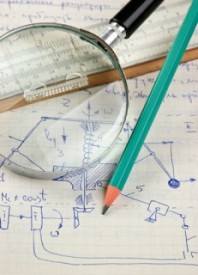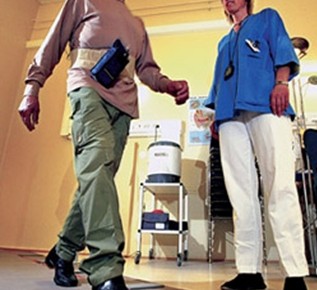Fields of competence

ROBOTNOR represents a unique synergy of academic and industrial expertise which allows us to counsel and comprehend a wide variety of tasks and projects. Our fields of competence are numerous and diverse.

The ability to describe the motion of an object, i.e. the change of position and orientation with respect to some reference frame, is important in many engineering disciplines. Motion estimation algorithms are typically integrated in regulation loops or used for monitoring and analysis purposes. The regulation loops in the safety system of a car is an example where precise information about the vehicle motion is needed to calculate appropriate changes of the vehicle actuators. Gait training is another example, where motion estimation tools based on cameras, accelerometers, or walking pressure mats are used by physiotherapists to monitor and analyze walking progress of a patient after injury.
Whether it is the motion of robotic systems, the side slipping of a car, or the walking pattern of a human that need to be estimated, the typical framework in a motion estimation scheme includes:
A successful implementation of a motion estimation system requires knowledge of the concrete application in order to define appropriate mathematical models, required properties of the sensor system (video, IMU, satellite, etc.), and required properties of closed loop controllers, sensor fusion and filtering.
Motion estimation is a central topic in many past and ongoing ROBOTNOR projects, which has given us extensive expertise in this area.